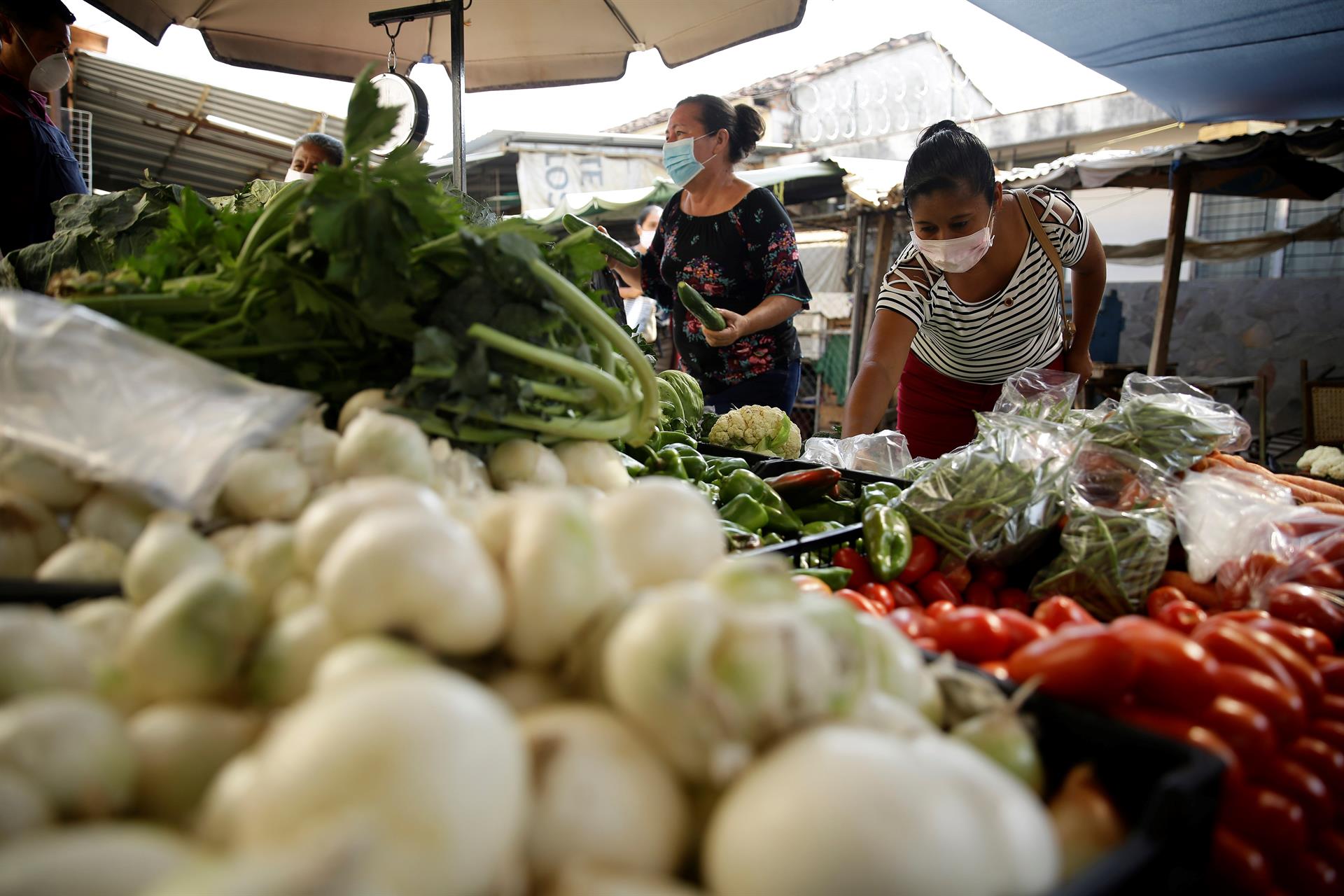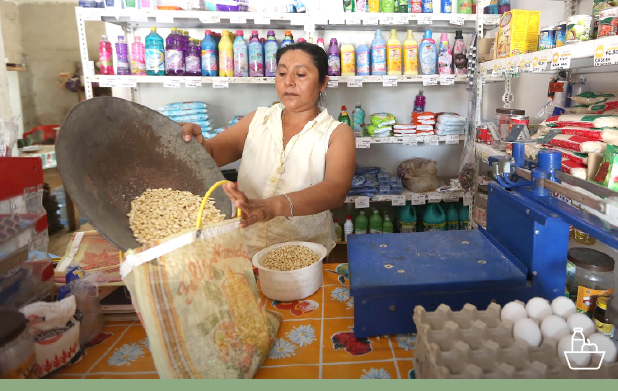The rural basic food basket in January 2021 cost US$141.68, in that same period to january 2022 it increased to US$157.13 and by january 2023 it closed at US$185.26, and the last rural one has just been updated, as of february 2023 it is costing US$187.07.

The head of the CDC explained that they have visualized a difficulty in the economic access to food. Surveys have shown that the population is no longer consuming certain nutritional products and has replaced them with pasta and flour.
He said that they have observed a decrease in the purchasing power of the salary with respect to the acquisition of food and other expenses such as the payment of public services.

The external factor consisting of imported inflation, after the confinement with a serious problem in the supply chain, the increase in fuel prices with direct affectation and the issue of the war in Ukraine and Russia.
He also pointed out that we must also analyze internal factors, the country is highly dependent on vegetables in 93.6% and fruits above 60%, we realize that food availability is low, to improve this we need public policies and budget.

National inflation has dropped a few tenths, but inflation of the 22 products of the basic food basket continues to increase.
The survey of the Banco Central de Reserva (BCR) on the financial capacities of the population shows that 58.8% do not have the capacity to pay for unforeseen expenses, there is no saving capacity.
Translated by: A.M
 English
English  Español
Español 
